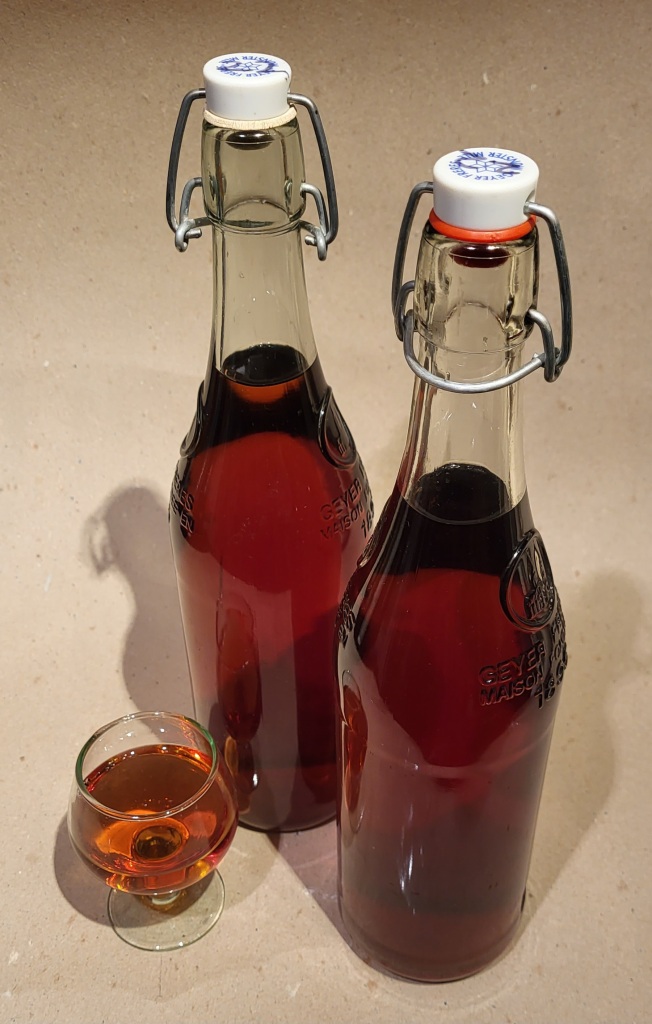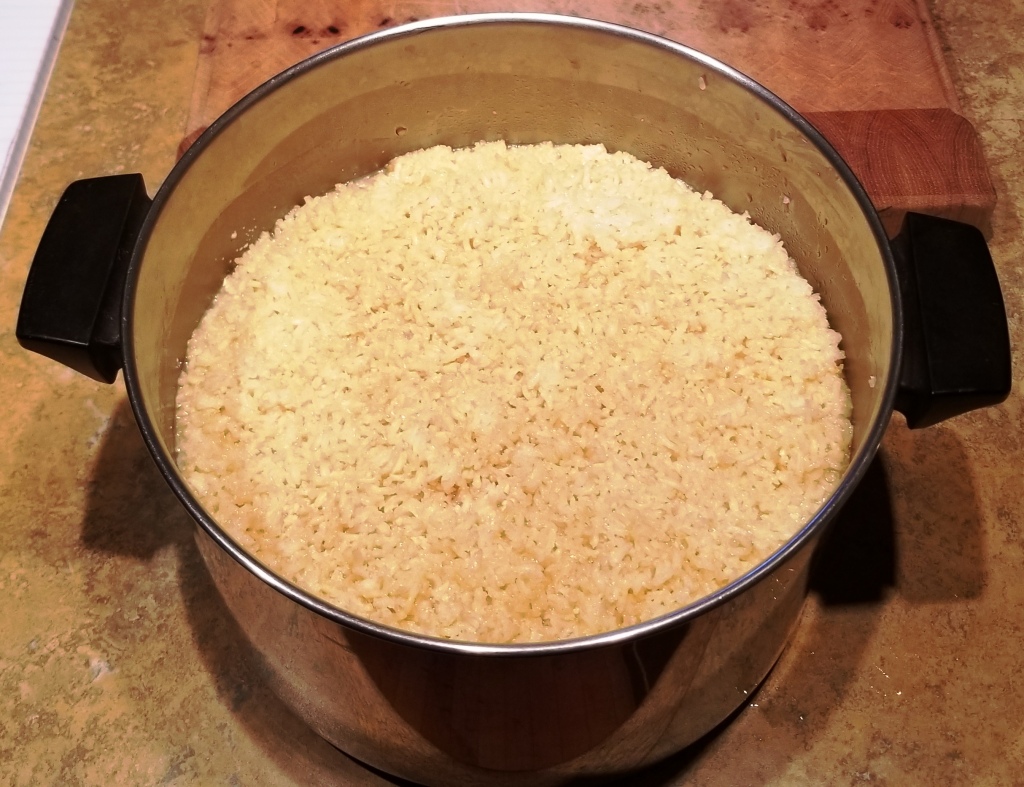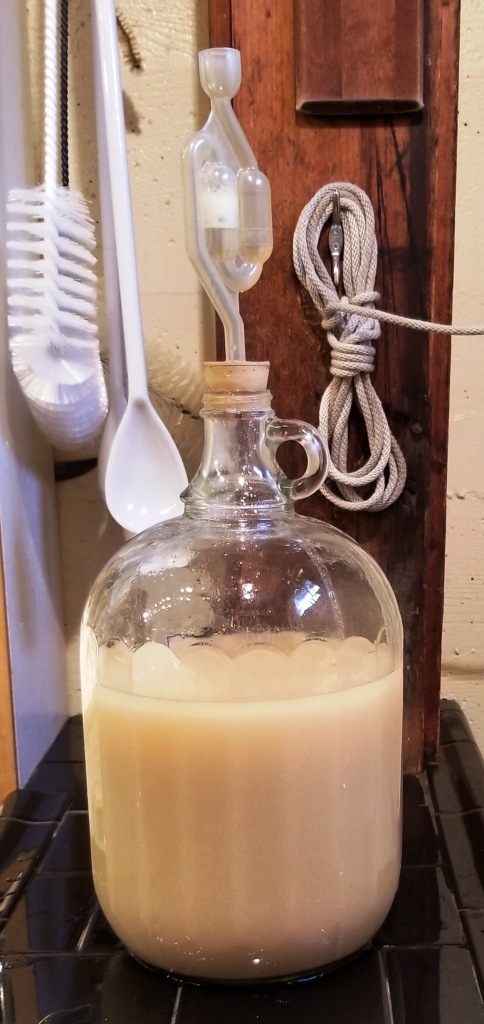Making alcoholic beverages by using rice as a source of fermentable substances has been practiced for millennia. The catch is, rice does not come with built-in enzymes to convert its starchy parts into sugar. In her grace though, Gaia has provided a magical way to create the transformation, in the identity of an interestingly flavored and aromatic mold.
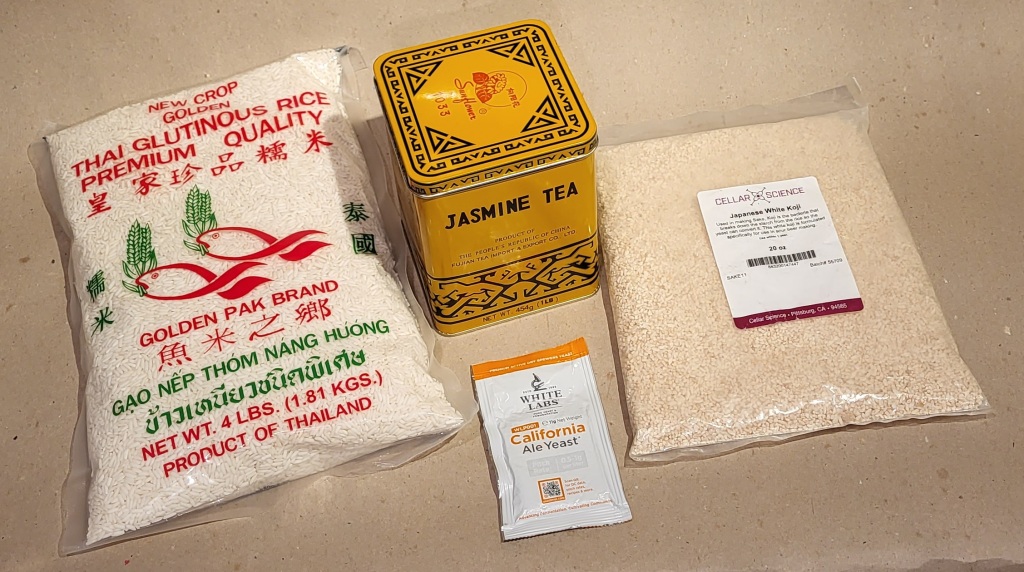
Fermentations Using Rice
When the mold Aspergillus oryzae is grown on rice, it manufactures as part of its growth cycle the very enzymes needed to produce the sugars it will consume. And if a strong yeast colony is introduced into a watery mixture of moldy rice it takes these sugars instead, and turns them into alcohol.
The mold, however is quite particular about the condition of the rice it infects. To cultivate a thriving colony of malting mold careful attention must be paid to the process of cooking the rice.
Steamed Rice Instructions
For a four-liter batch of rice wine, start with about 1500 gr of rice. Place the rice in a large sieve and wash it with a water shower until the water runs clear from it. Use your hand to rake the rice and agitate any flour into solution and down the drain.
Put the rice in a pot and cover it with soft, iron-free water or deionized water. Soak the rice for one to two hours. The objective is to raise the water content of the rice to about 25 to 35 percent by weight. You can check this if you wish by weighing a quantity of rice before and after soaking. When it weighs 30 percent more, it’s done. Alternatively, if a grain of rice will crumble to a mash between finger and thumb, it is ready.
Pour the rice back into the sieve and allow it to drain for an hour.
Using a lidded pot that is of a size that will just accept the sieve, steam the rice with enough water for about one hour. Do not allow the rice to touch the water, and place a dish towel over the rice and under the lid to prevent condensed water from dripping onto the rice. After an hour test the rice for doneness. It should be translucent, slightly sticky, and of a chewy texture when bitten. It is important to get the correct consistency.
Turn the rice out on to a sanitized baking sheet. Fluff the grains to separate them, and allow to cool to 30 °C (86 °F.)
At this point the rice is ready to be inoculated with the aspergillus strain of your choice: Japanese sake strain koji, the Korean makgeolli strain nuruk, Chinese hóng qū mǐ, (red yeast rice) or Shanghai yeast ball.
Jasmine Rice Wine Recipe
1.5 kg Thai sweet rice
8 tbs Chinese jasmine tea, in 4L filtered water
White Labs California ale yeast.
280 gr Cellar Science (R) Japanese white koji,
Make a Moto (Koji starter)
To make the rice wine starter steam 300gr of the rice as previously described. Mix the white koji rice well into the cooled sweet rice, and turn the mixture into a pot. Cover with a cloth and keep warm for 24 to 48 hours, stirring occasionally, until a fine white fuzz appears on most of the grains.
Main Mash
Steam and cool the remaining 1.2 kg of rice, and add this to the pot, along with the four liters of cooled jasmine tea, and the yeast. Keep the pot warm for 7 to 10 days, until any fermentation activity stops and the rice is liquified. Putting the pot in an oven with the light on works well.
Clarify
Strain the solid rice remains from the liquid, into a jug. Allow it to finish fermenting, and settle out the solids. This will take 2 to 3 months.
When the liquid is clear syphon it into a clean jug, leaving the sediment behind. It should be tart and tannic, with a fruity nose and hint of sweet.
Sweeten it further to your taste with brown rice syrup. If this causes an unwanted haze, use wine clarifier and rack it again.
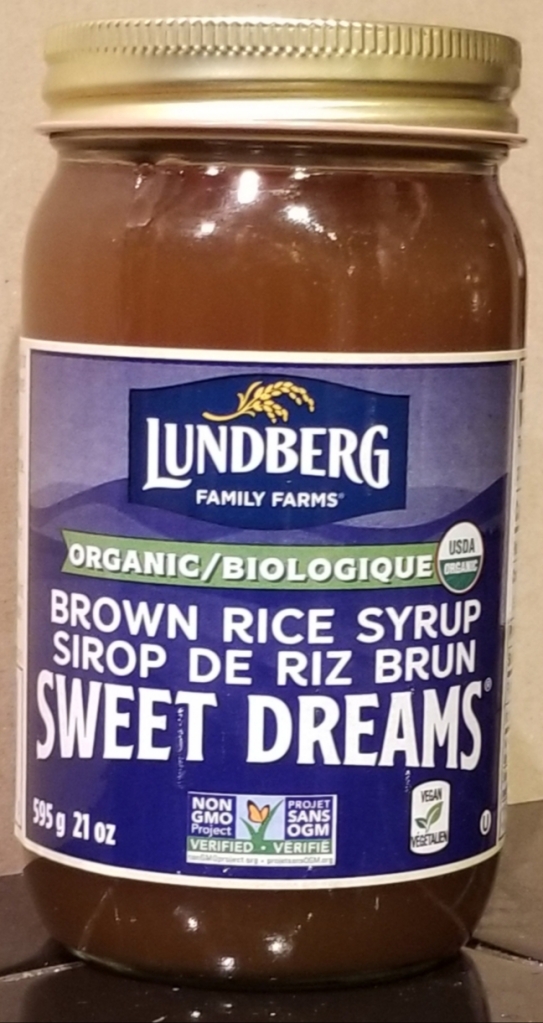
The rice wine is ready to bottle. It will improve with age.
